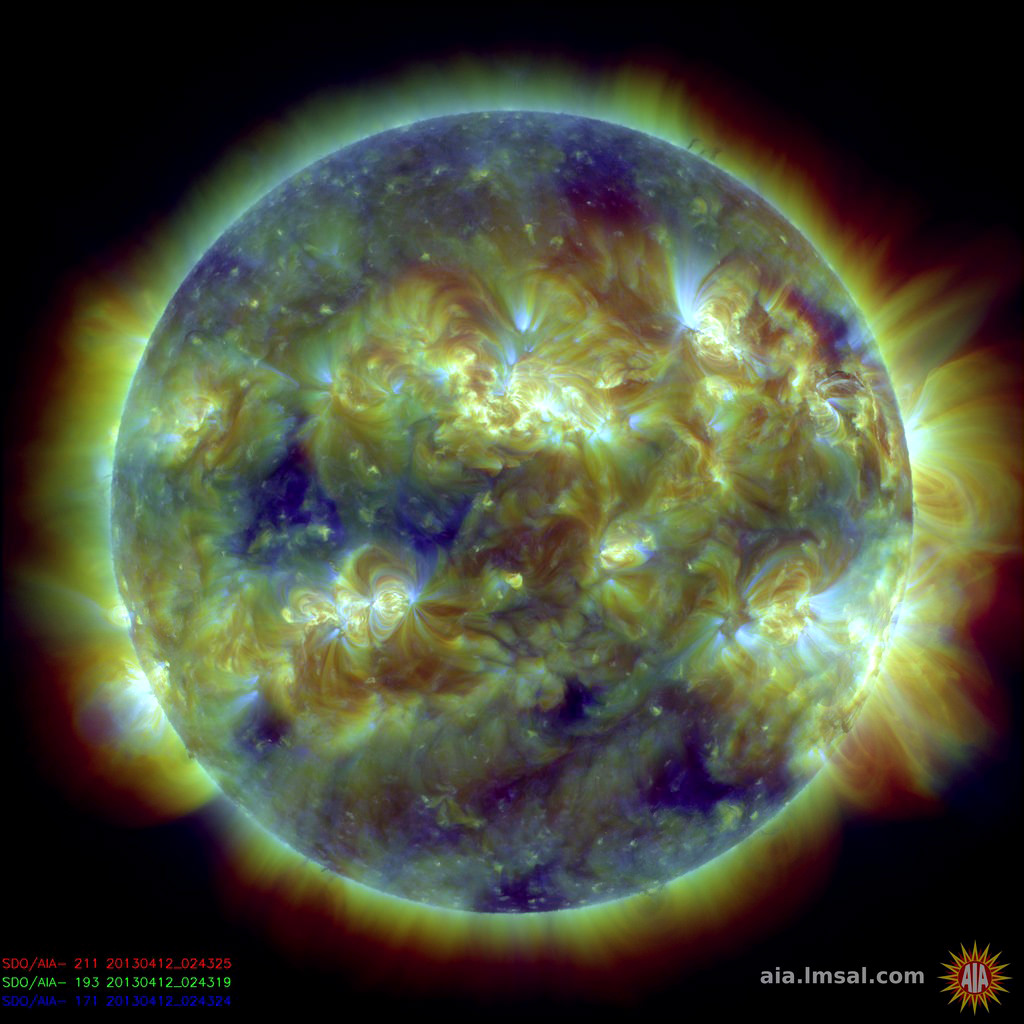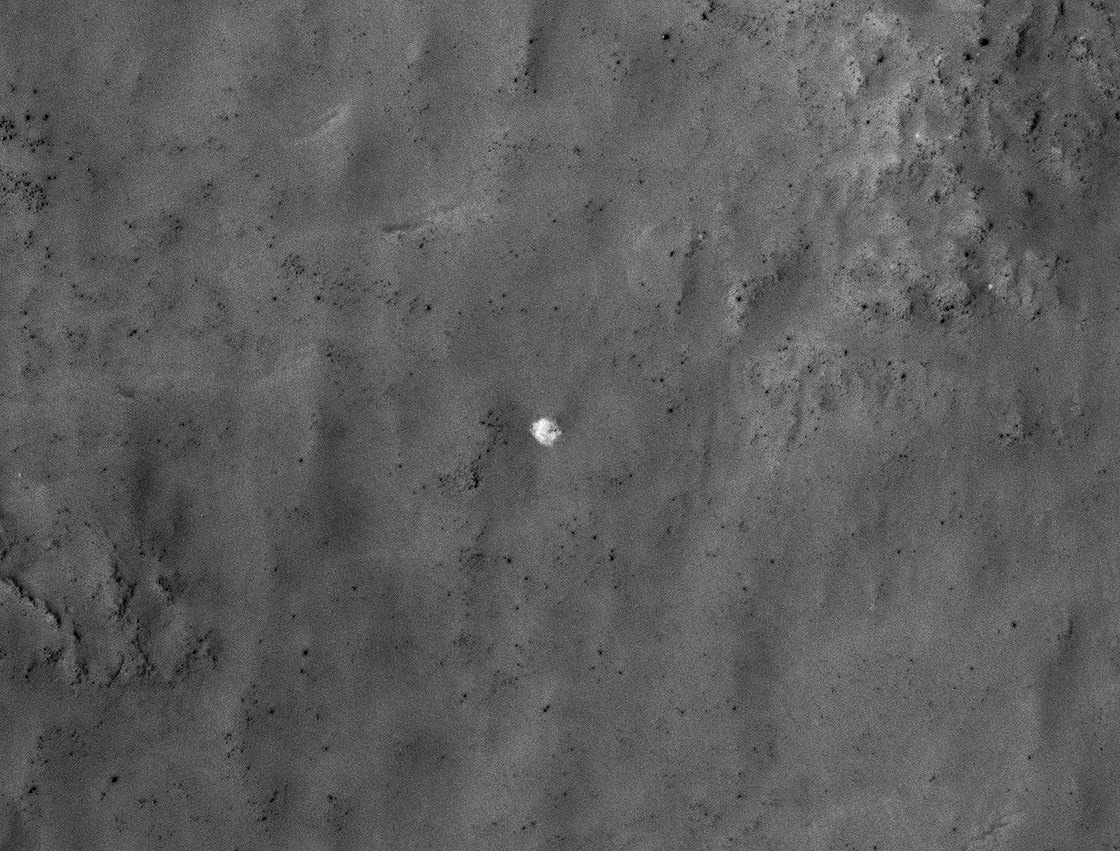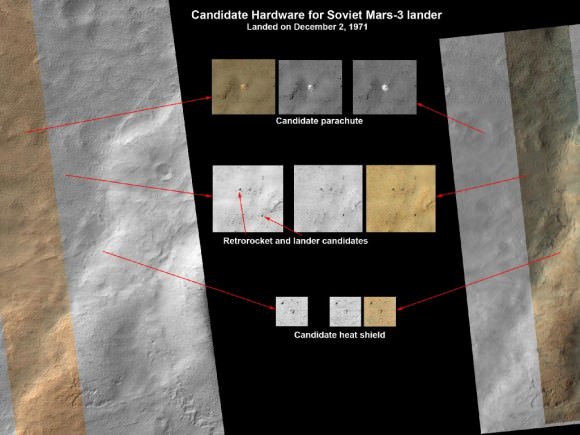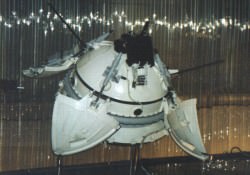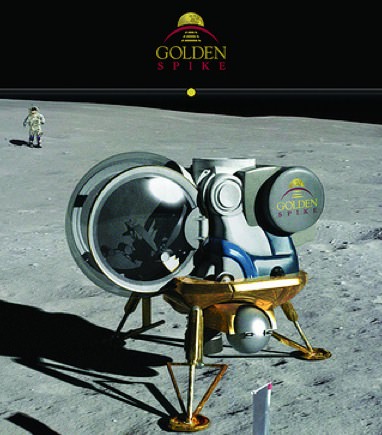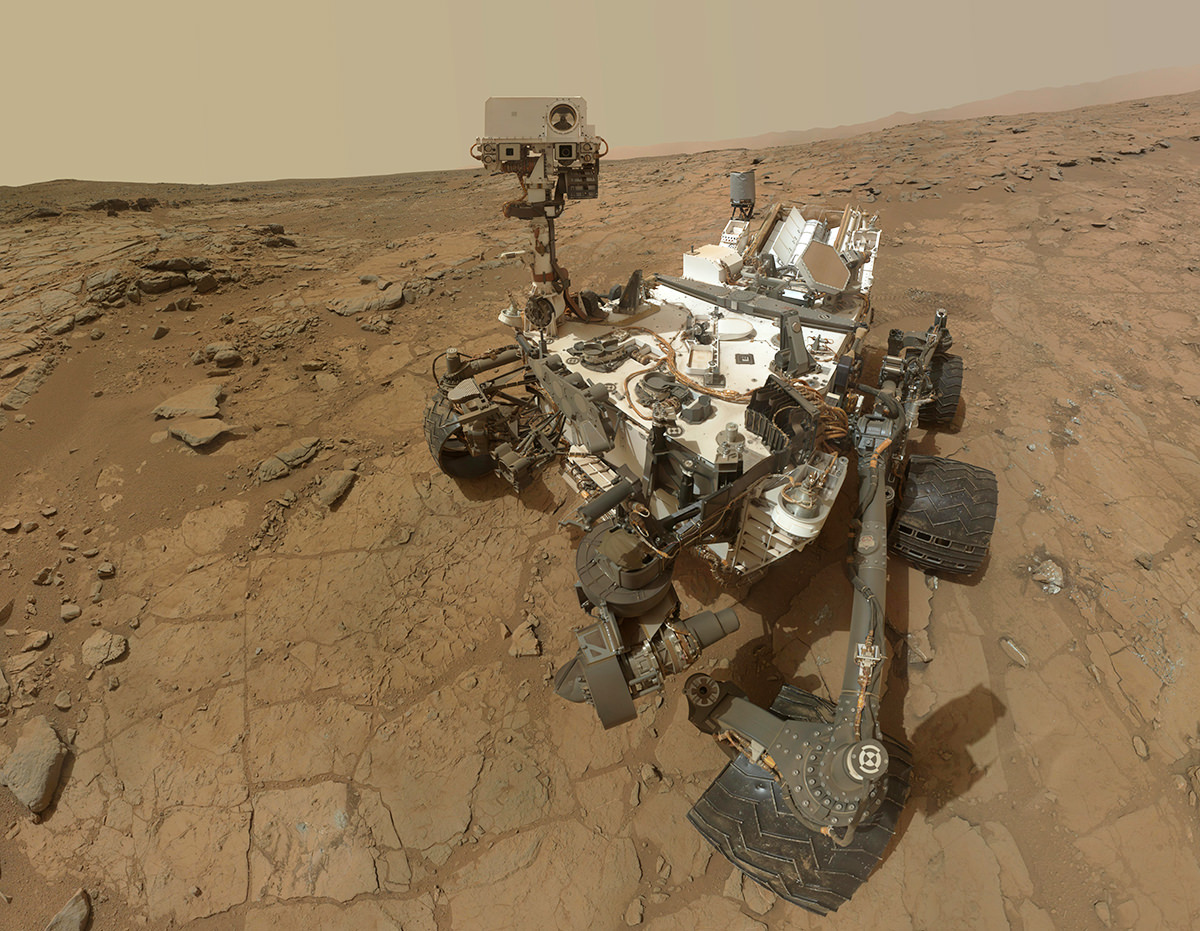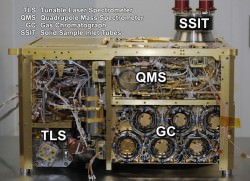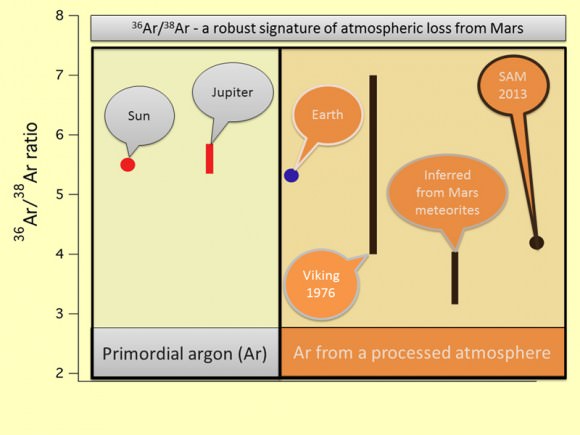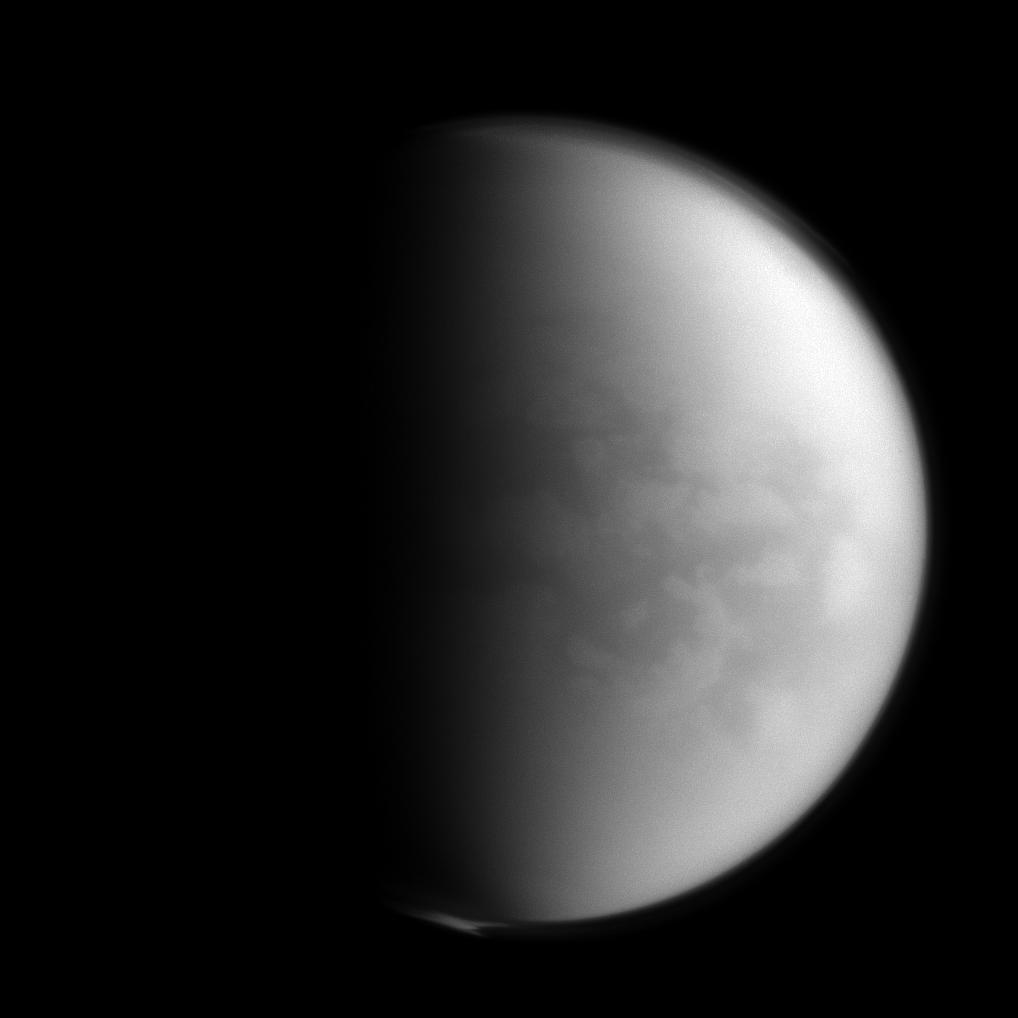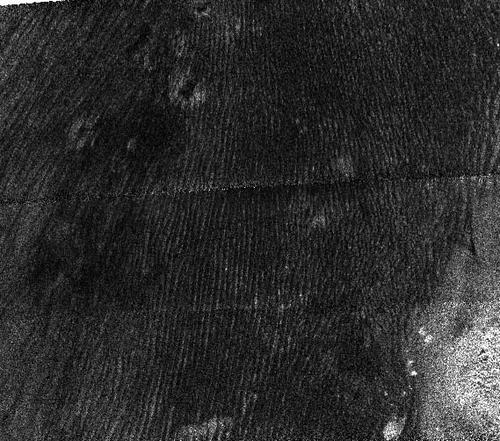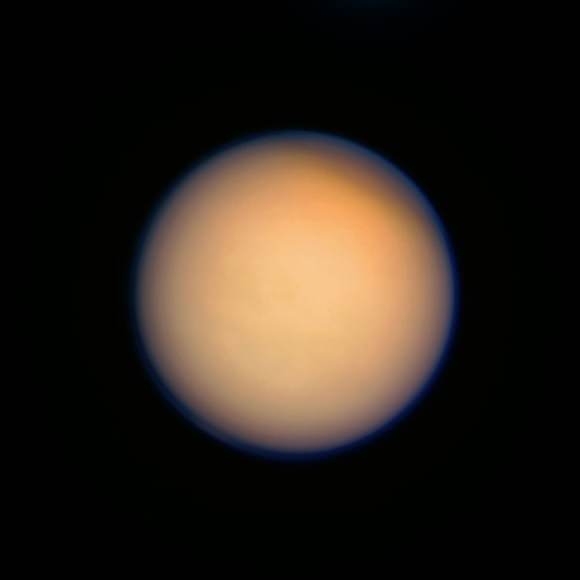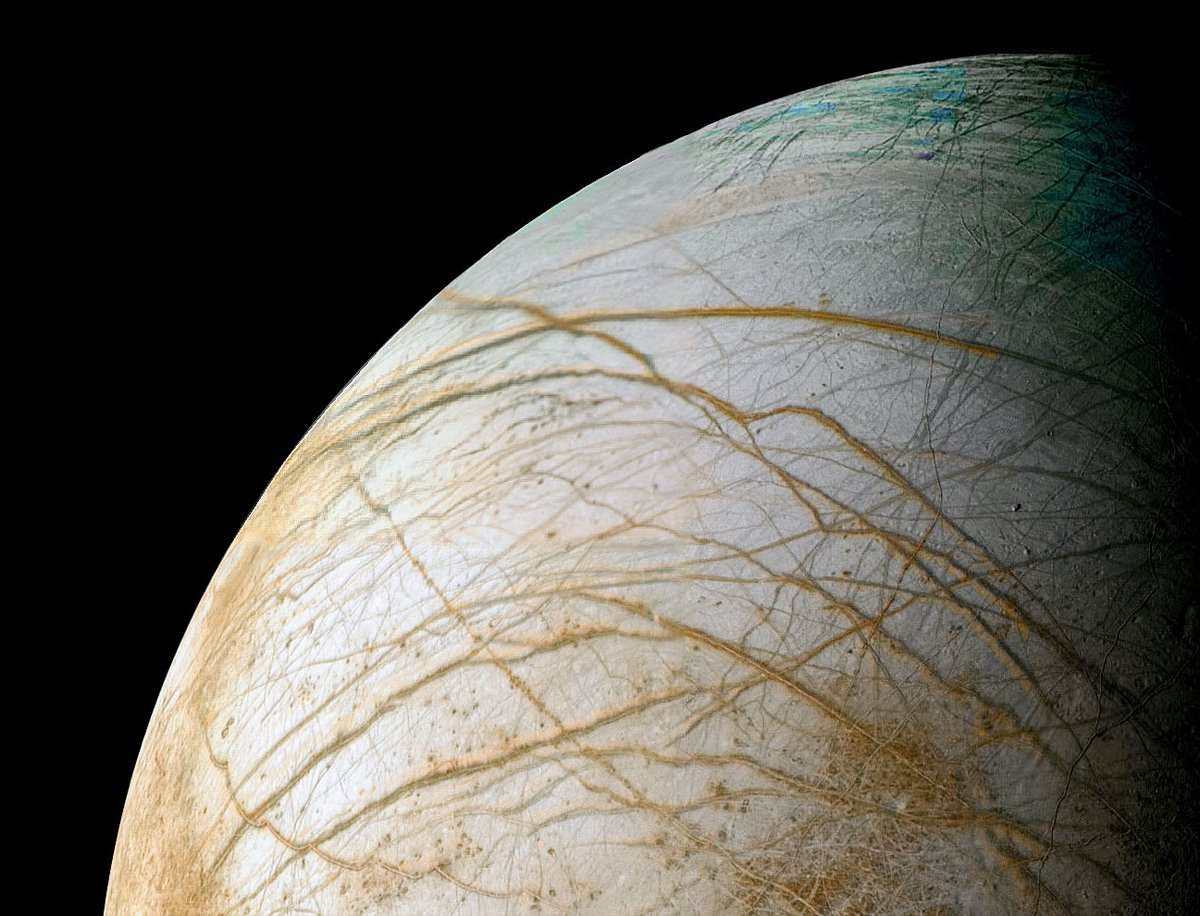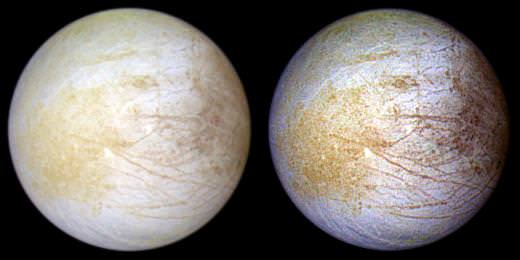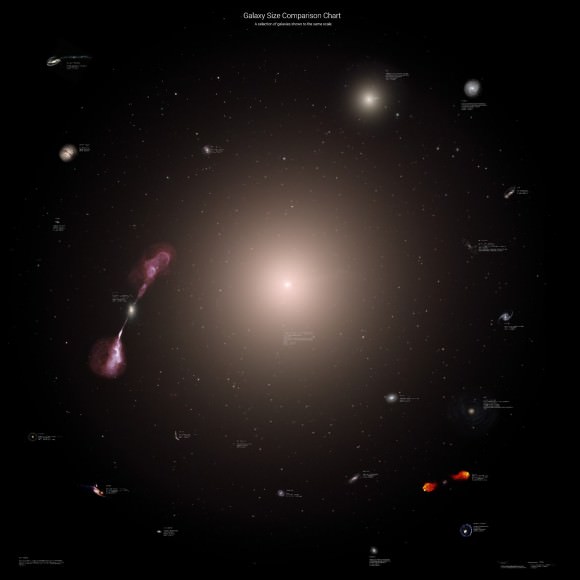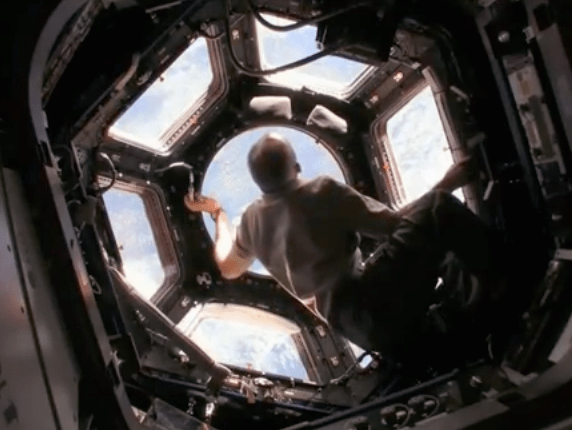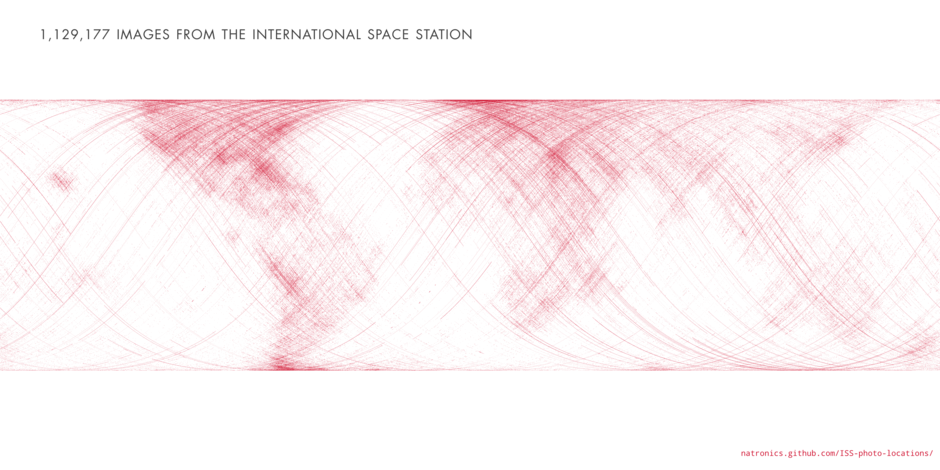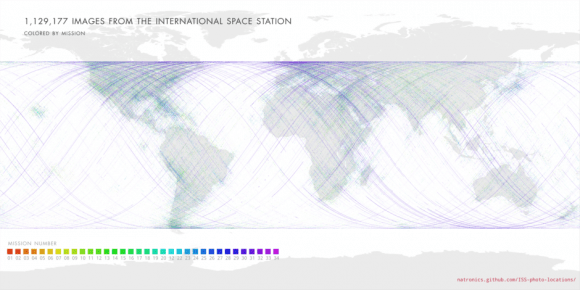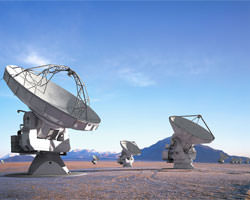If that title seems like an obvious statement to you, it’s ok… it seems pretty obvious to me too. But there are those who have been suggesting — for quite some time, actually — that earthquakes can be triggered or strengthened by solar activity; that, in fact, exceptionally powerful solar flares, coronal mass ejections, and other outpourings from our home star can cause the planet’s crust to shift, shake, and shudder.
Except that that’s simply not true — at least, not according to a recent study by researchers from the USGS.
Researchers Dr. Jeffrey Love from the United States Geological Survey and Dr. Jeremy Thomas from Northwest Research Associates compared historical data of solar activity with earthquake occurrences around the world and found no definitive correlations… nothing to suggest that one directly influenced the other.
“Recently there’s been a lot of interest in this subject from the popular press, probably because of a couple of larger and very devastating earthquakes. This motivated us to investigate for ourselves whether or not it was true.”
– Jeffrey Love, USGS Research Geophysicist
Even when an earthquake may have been found to occur on the same day as increased solar activity, at other times during even stronger quakes the Sun may have been relatively quiet, and vice versa.

“There have been some earthquakes like the 9.5 magnitude Chile quake in 1960 where, sure enough, there were more sunspots and more geomagnetic activity than on average,” said Dr. Love. “But then for the Alaska earthquake in 1964 everything was lower than normal. There’s no obvious pattern between solar activity and seismicity, so our results were inconclusive.”
Basically, even though our planet orbits within the Sun’s outer atmosphere and we are subject to the space weather it creates — and there’s still a lot to be learned about that — observations do not indicate any connection between sunspots, flares, and CMEs and the shifting of our planet’s crust (regardless of what some may like to suggest.)
“It’s natural for scientists to want to see relationships between things,” said Love. “Of course, that doesn’t mean that a relationship actually exists!”
The team’s findings were published in the March 16, 2013 online edition of Geophysical Research Letters.
Read more in Harriet Jarlett’s article on Planet Earth Online, and for results from another study see Dr. Ryan O’Milligan’s article on TheSunToday.org.
(Oh, and the Moon doesn’t cause earthquakes either.)

